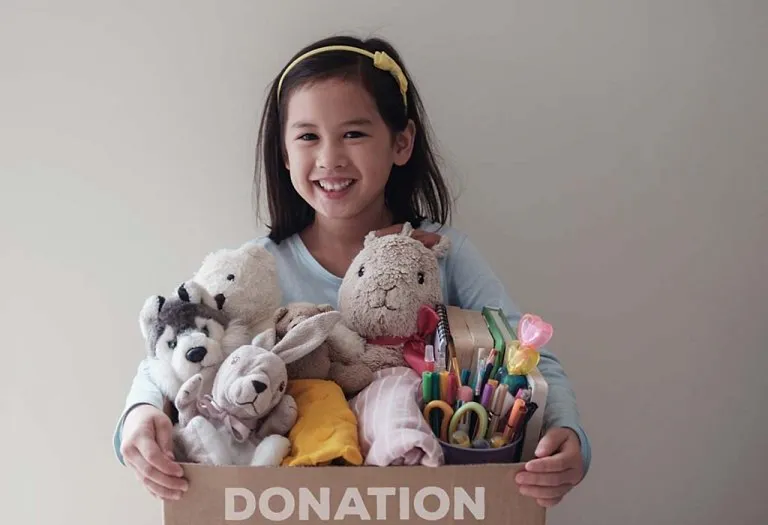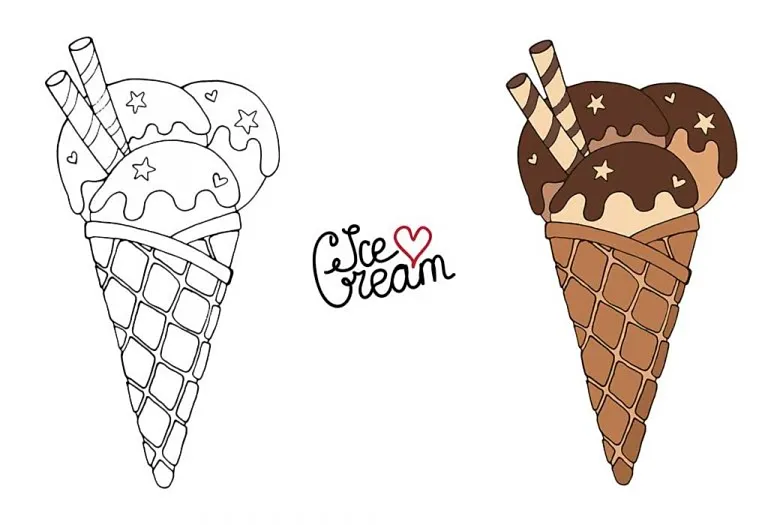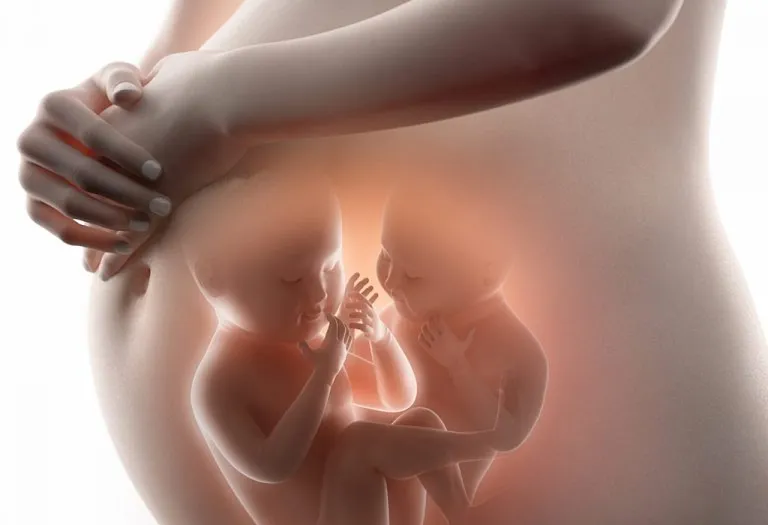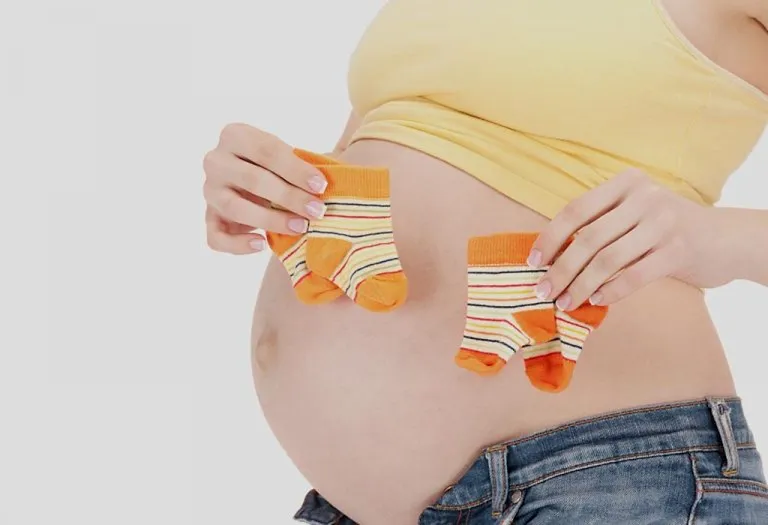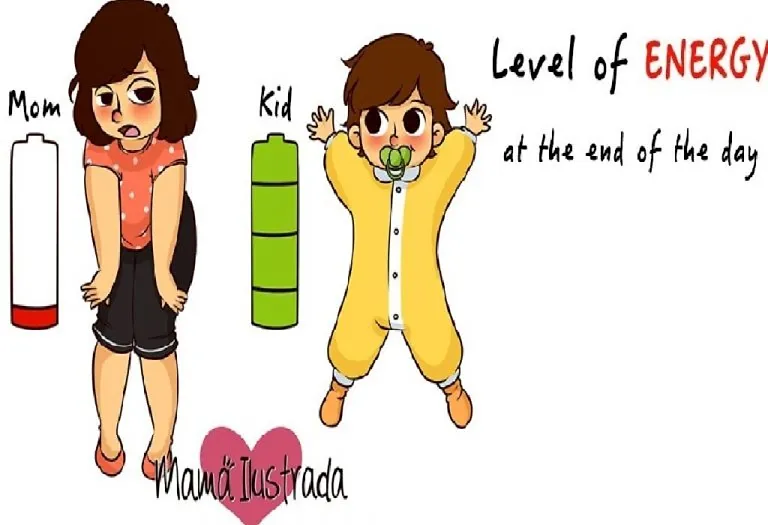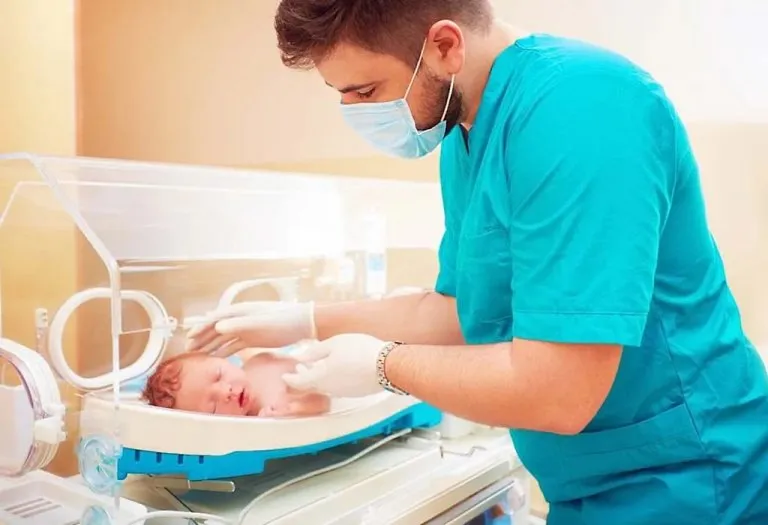Where to Donate Toys – Know the Best Places
As parents, you spend endless hours shopping for the right toys for your children. Once your kid stops playing with those toys, you wonder what to do with them. Dumping them into a landfill is not the solution, as it will lead to pollution. The best solution would be to donate your kid’s used toys so that a child who needs toys can play with them. But that raises the important question: Where to donate toys? Finding the right places to donate these well-used and cherished toys is essential, as you will be satisfied that they bring joy and smiles to other children. While it might seem tricky, it’s far from impossible. To make your task easy, we have a list of the best places for your donation.
Why Should You Donate Toys?
Donating toys is more than just clearing out clutter; it’s a meaningful way to support families and children in need. Here are some compelling reasons why donating toys is a valuable and rewarding act:
1. Brings Joy to Children in Need
Many families cannot afford to buy toys for their children. When you donate, you help give a child something fun to play with, which can bring them joy and comfort.
2. Teach Kindness and Sharing
Donating toys is a great way to teach kids the importance of caring for others. It helps instil values of empathy, compassion, and social responsibility from a young age.
3. Reduces Environmental Waste
Keeping toys out of landfills helps reduce pollution and supports a more sustainable, eco-friendly lifestyle by giving items a second life.
4. Supports Charitable Organisations
Many nonprofits and community groups rely on toy donations to run their programs. Your contribution helps them continue their mission.
When Is the Best Time to Donate Toys?
Toy donations are appreciated year-round, but certain times can make an even bigger impact. Knowing when to donate can help ensure your toys reach children when they need them most.
- During the Holiday Season: Special times like Christmas, Diwali, and Hanukkah are when children look forward to receiving gifts. Donating toys then can make their celebrations happier.
- Before or After a Child’s Birthday: Children can share their old toys with other kids who don’t have many. It’s a great way to show kindness and makes space for new gifts.
- Start of the School Year: As kids gear up for a new academic year, some organisations give toys along with school supplies to help kids feel excited and ready for school.
- After Natural Disasters: When floods, fires, or other disasters happen, families may lose everything. Giving toys during these times can help children feel comforted and cared for.
What Kind of Toys Are Acceptable for Donation?
Most places that accept donated toys usually accept all types as long as those toys are gently used or are in excellent condition. You can donate toys such as blocks, puzzles, board games, stuffed animals, toy cars, action figures, craft kits, sports kits, activity books, and many more playthings. However, most places don’t accept baby toys designed to go in the mouth of babies like pacifiers, teeters, etc. Many places don’t accept used stuffed animals due to hygienic reasons. So, when donating baby items or stuffed toys, first, call ahead to confirm whether they are acceptable or not. Even when you want to donate toys for Christmas to hospitals, make sure you are not donating used toys. Most hospitals, due to hygienic reasons, won’t accept them!
What to Avoid While Donating Toys?
Most places that accept used toys welcome all kinds. However, there are few things that you should avoid while donating toys. These are:
1. Don’t Donate Broken and Soiled Toys
No organisation or charity has the facility to repair or clean broken or soiled toys. So they will most probably toss them in the garbage. So donating soiled stuffed animals or broken toys is as good as not giving any
2. Don’t Give Wrapped Toys
Make sure when you donate second-hand toys, they are not wrapped and are completely visible.
3. Don’t Donate Toys With Missing Pieces
Donating toys with missing pieces is a strict no as it is unlikely any charity can find the missing piece. And without all the pieces, no child will enjoy playing with them.
4. Don’t Give Toys That Have Been Recalled
Many toy manufacturers recall certain toys for various reasons. Don’t give toys that you should have returned to the manufacturer. If your child shouldn’t play with a certain toy, so shouldn’t another child.
5. Don’t Leave Toys Unattended
When donating toys, it’s best to leave toys at the drop-off counters of charities. Don’t leave toys unattended at their doorstep. It is advisable to call ahead to inform them about your coming to drop off old toys.
Best Places to Donate Toys
Donating your child’s gently used toys to other kids gives a new life to the toys and helps bring happiness to those kids while de-cluttering your home at the same time. There are many good places to donate toys, and at these places, there are many children who will appreciate them. Some of the best places for toy donation are:
1. Charities
Two of the most well-known charities that accept toy donations are the Salvation Army and Goodwill. However, call ahead to ensure that the local branch near you accepts toy donations. Toys are frequently given away to less fortunate children by these organisations, or the toys are sold, and the proceeds go toward the organisation’s activities. In any case, the toys would benefit families who need help or for the community’s welfare.
2. Shelters
Women’s shelters, as well as homeless shelters, are often ignored as toy donation locations. However, children often end up in these places, and they usually arrive with minimal belongings or toys. Many of these shelters would happily accept gifts of gently used toys. You can also donate other kids’ items such as clothes, bedding, and toiletries at the same time. To learn more about a certain shelter’s needs, contact them directly to plan your donation better…
3. Children’s Homes
Another place to donate used toys for children in need is a children’s home. Toys for kids of all ages are generally appreciated in children’s homes where groups of children live together. You can also donate toys for older kids, who are often forgotten in favour of cute toys for little children. Check your local directory to see if there is a children’s home in your area and learn about its needs.
4. Daycare Centres
It’s rare to come across a daycare centre that doesn’t need more toys. Daycare centres go through toys quickly when they have so many children to entertain. If you don’t use a daycare centre yourself, ask around and see if any parents in your neighbourhood know about a daycare centre that can accept your toy donations. Toys for small children would most likely be in high demand in daycare centres.
5. Military Families
Most military families are always on the move, and some toys may not survive the transportation to the military family’s new home. So, for a military family with children who are new to your neighbourhood, some gently used toys might be a sweet welcome gesture. You can even contact a nearby military family support network to find a new home for your toys or go to Operation Homefront to check the current requirements.
6. Social Services
Your local social services will most likely be able to put you in touch with many children who will enjoy playing with your gently used children’s toys. Find out what the local agency requires and where you can donate by contacting them. Other children’s products, such as clothing and shoes, may also be needed.
7. Hospitals
Many hospitals welcome gently used toys for their young patients to play with as they are undergoing treatment. Your local hospital’s website might have a toy wish list that you may scan for specific needs. Before bringing the box of toys to a medical facility, make sure to check with them first. Some won’t appreciate items that aren’t brand new, citing the possibility of disease transmission from derivative products.
8. Religious Centres
Your local area religious centres often offer childcare facilities to children ranging from newborns to school-aged children during services and other events at the centre. Find out what a local place of worship needs by contacting them. If it isn’t currently taking toy gifts, there’s a fair chance it will be willing to refer you to a reputable organisation that will accept toy donations.
9. Doctors’ Clinic
If you go to a children’s doctor’s clinic, you will see toys that other people may donate. Children will be entertained in the waiting room with large toys. You can include small toys in the doctor’s prize bin to reward children for a successful checkup. Check with the local doctor’s office to see if they have any toy requirements. You can make your children write brief notes of good wishes on toys and books and encourage them to go for their doctor’s check-ups.
10. Police and Fire Departments
Police officers and firefighters often carry small dolls or stuffed animals to console frightened and wounded children on the incident scene. And, to provide this service, most local government departments depend on contributions from the public. So get in touch with the nearest police and fire stations to see if they’d like some gently used toys. Departments serve as drop-off sites for toys, coats, and other donations during the holidays.
Ways to Prepare Toys for Donation
Donating toys is a wonderful way to help others, but it’s important to ensure that the toys are clean, safe, and in good condition. Here are a few steps to prepare your toys before donating them.
1. Sort Through the Toys
Start by going through your toy collection and picking out the ones that are still in good condition. Look for toys that are gently used, not broken, and safe to play with. Avoid donating anything that’s damaged, has sharp edges, or is missing important parts. If a toy looks too worn out, it’s better to recycle or dispose of it instead.
2. Clean the Toys Thoroughly
It’s very important to clean all toys before donating them. Wipe down plastic and metal toys with warm soapy water or a disinfectant wipe to remove dust and germs. For stuffed animals, check the tags, many can be washed in the washing machine. A clean toy not only looks better but is also healthier and safer for the next child.
3. Check for Missing Pieces
Make sure each toy is complete. Games should have all the cards or pieces, puzzles should have all their parts, and building sets should be full. Incomplete toys can be frustrating for children and hard for charities to give away. If pieces are missing and can’t be replaced, the toy may not be suitable for donation.
4. Pack the Toys Neatly
Once the toys are clean and ready, pack them into a clean bag or box. Try to group small pieces together in ziplock bags to prevent them from getting lost. Neat packing also makes it easier for donation centres to handle and distribute the toys.
5. Label or Separate by Age Group
If you can, it’s helpful to separate toys by age range or type (like baby toys, board games, or action figures). Labelling the bags or boxes with notes such as “Ages 2-4” or “Puzzle- All Pieces Included” makes sorting easier for charities and ensures the right toys go to the right kids.
FAQs
1. What should I do if I can’t find a nearby donation location?
If you can’t find a local drop-off point, consider organising a toy donation drive with friends, family, or your workplace. You can also contact a local charity or shelter directly to arrange a donation pick-up, or use online platforms to send your toys to organisations that need them.
2. Should I donate broken toys if they can be fixed?
It’s best not to donate broken toys unless they are in good condition after being repaired. Charities and organisations often do not have the resources to fix toys, and donating something broken may result in disappointment for children. If you can repair the toy before donating it, that would be appreciated.
You may donate gently used toys, including electronics, stuffed animals, dolls, and other products, to any of these organisations. You will feel satisfied that toys that made your kid happy will be appreciated and enjoyed by another…
Also Read:
Ride on Toys for Kids
Science Gifts and Toys for Kids
Best Homemade Toys for Children
Places to Donate Clothes in The USA
Benefits and Ideas of STEM Toys for Kids
Was This Article Helpful?
Parenting is a huge responsibility, for you as a caregiver, but also for us as a parenting content platform. We understand that and take our responsibility of creating credible content seriously. FirstCry Parenting articles are written and published only after extensive research using factually sound references to deliver quality content that is accurate, validated by experts, and completely reliable. To understand how we go about creating content that is credible, read our editorial policy here.





